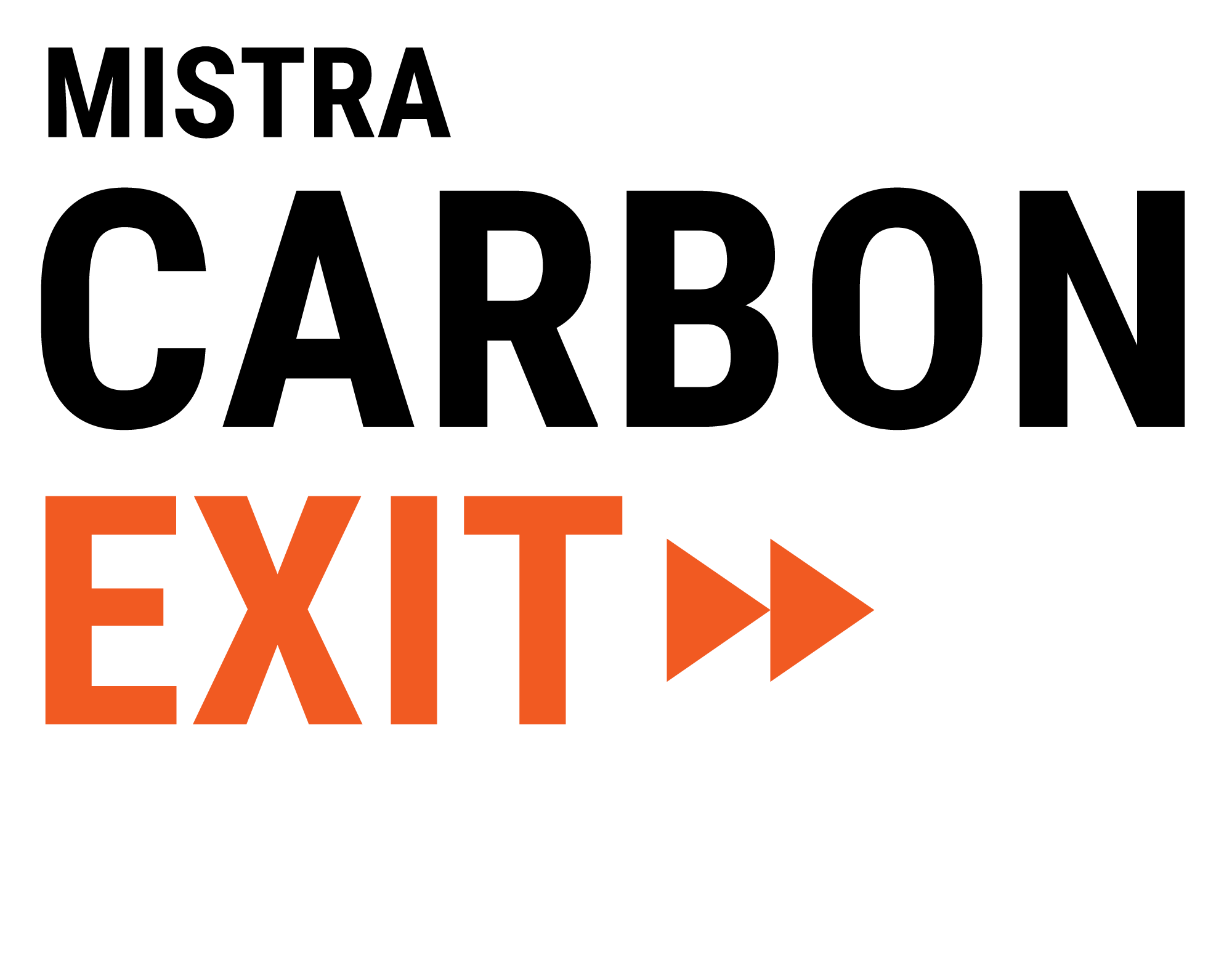Accelerating the Climate Transition - Mistra Carbon Exit Key Messages
We need to dramatically accelerate the climate transition.
If we are to achieve the objectives of the Paris Agreement, to keep the global average temperature increase well below 2°C, deep cuts will have to be made in global emissions of greenhouse gases (GHGs), not only on the long term but also in the run up to Year 2030. Thereafter, the goal of zero emissions must be reached by the middle of this century. Sweden has committed to achieving net-zero emissions by Year 2045, and many other countries have made similar commitments. The EU Commission has recently proposed that the EU should be climate-neutral by Year 2050.
These targets will require transformative pathways that involve completely new processes in many industries, as well as a complete overhaul of the value chains from basic materials to end-products and services. Thus, incremental reductions in emissions will not suffice.
In this publication, we present the main findings from the first four years of Mistra Carbon Exit, distilled down into 29 key messages in the following chapters.
Chapter 1. Buildings and Transport Infrastructure presents the key results from our technical assessments of the materials production processes, energy systems, buildings, and infrastructure. We have identified the technologies that will pave the way towards a low-carbon economy, and most of these technologies can start to be implemented in the next 5–10 years.
Chapter 2. Transportation focuses on transportation and the impacts that different policies and measures are expected to have on decarbonization, such as a ban on combustion engines, the fostering of policies regarding electric vehicles, and increased car sharing.
Chapter 3. Governance and Behavior describes how attitudes towards climate action have changed globally and discusses the factors that drive firms and consumers to engage in climate action, as well as the ways in which they respond to different policies. We also show that Sweden can play an important role in shaping the EU climate policy.
Chapter 4. Policy Design focuses on policy design for industry, energy, buildings and infrastructure. In this context, carbon pricing through the EU ETS is a centerpiece of EU climate policy, although further reform is needed. It is also clear that carbon pricing needs to be complemented by other policies, for instance standards, investment support through carbon contacts for differences, and public procurement. We present how financial funds can be raised to support investments in low-carbon technologies. While negative emissions are a central component of global scenarios to reach net-zero emissions in Year 2050, there are few incentives for producing them. We show how incentives and financing can be created for technologies that facilitate negative emissions.
Chapter 5. Sustainable Climate Transition. The climate transition which should unfold in the next 10-20 years, will have implications for other sustainability goals. Zero-carbon materials, electric vehicles, and renewable energy will become the new normal. These are likely to impose stress on other development goals, such as biodiversity. Some traditional jobs will disappear, with potential social impacts. But it’s likely that the transition also will bring ancillary benefits, such as improved air quality and new jobs. Swedish industry developing new technologies may win market shares and create export opportunities. These implications will entail challenging compromises and need to be understood. This work has started and in this chapter, we present some initial conclusions.


